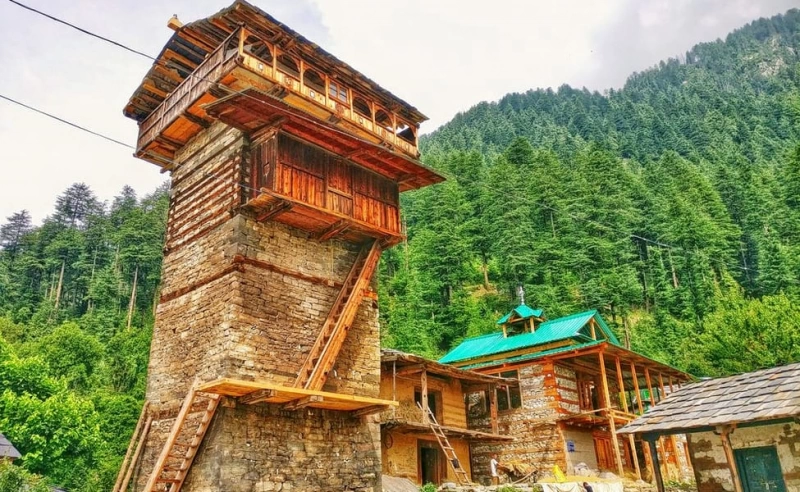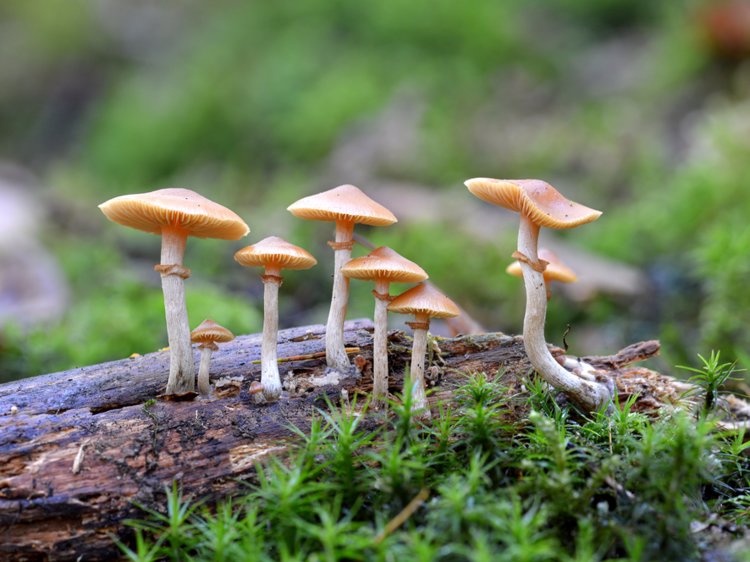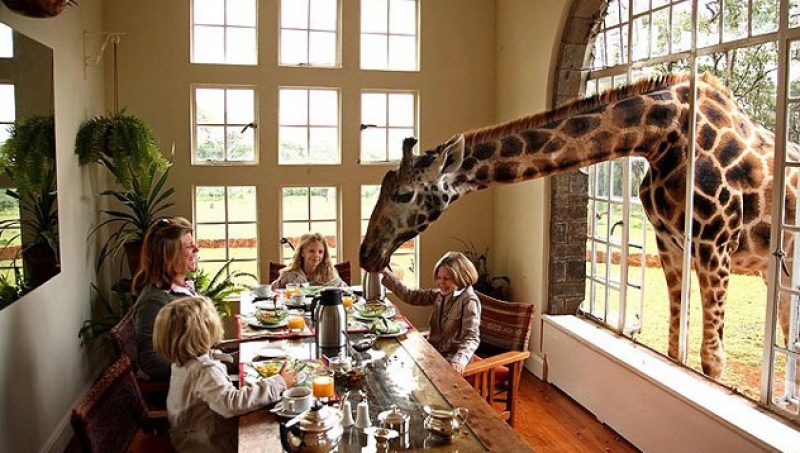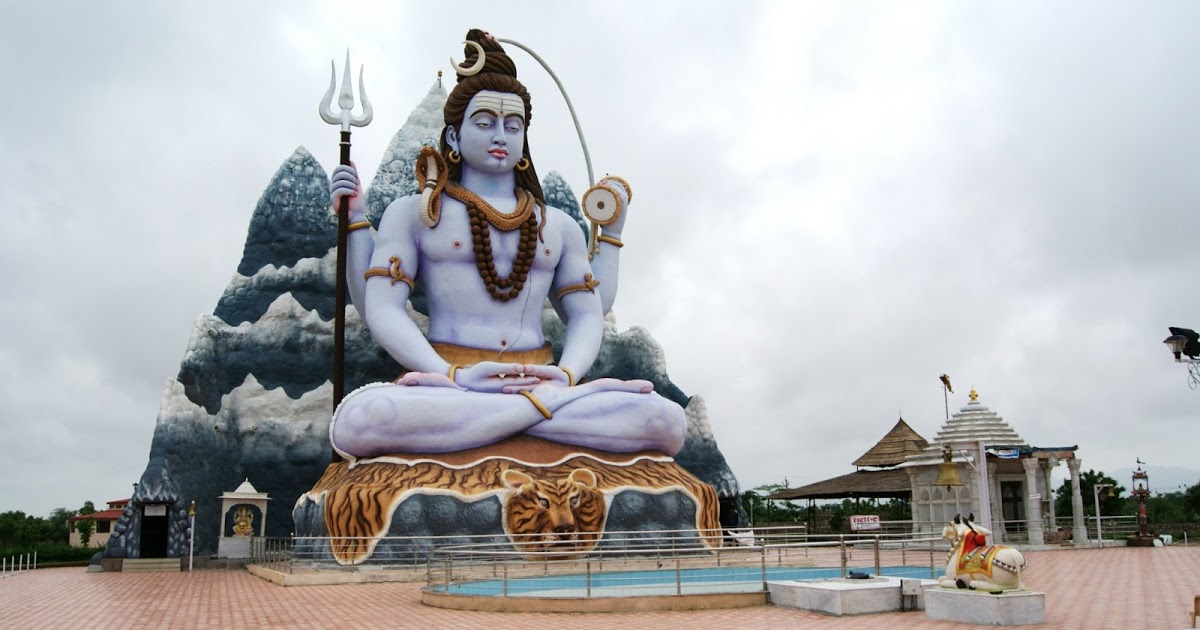
How to reach Jibhi and things to do around Jibhi- Ngtraveller
Jibhi is often called Himachal's best kept secret. This city is so beautiful that one has to rub one's eyes to truly believe in its existence. I recently received several emails. Where people ask me 'How do I get to Jibhi from Delhi and what can they do around Jibhi?
Jibhi is located 494 kilometers from Delhi in the Kullu district of Himachal Pradesh. Small, secluded houses surrounded by lush green deodar trees, which are surrounded by majestic mountains. Recently, due to social media, this place has gained great popularity. This place has now become a destination for backpackers and hikers.
Different trips around Jibhi can be planned like famous Serolsar Lake hike, Choi waterfall or Cheni Kothi hike. These hikes are for beginners and therefore can be easily completed by anyone of any age group.
How to reach Jibhi
People travel to Jibhi from different places. Some travel from Shimla, some from Delhi, and some from Punjab. So I will try to explain all the ways to get to this beautiful Himalayan village from anywhere in the country.
Delhi is a must-go place for everyone if you are planning a trip to North India. It is the main gateway to reach Himachal or Uttarakhand. So after arriving in Delhi, you have various ways to get to Jibhi.
First Method:
Take the MRT to Kashmir Gate and then take an automatic rickshaw to Majnu ka Teela. Majnu ka Teela is a place where you can take a Volvo bus to Manali or Kullu.
To travel to Jibhi, you need to get off at a place called Aut (before the tunnel). Aut is a small city located 467 km from Delhi. Aut will arrive an hour before Bhuntar.
From Aut, you can go to taxi services or even take local buses to get to Jibhi.
Second method:
The other option to get to Jibhi is via Delhi> Shima> Luhri> Jalori Pass> Jibhi
This route can be planned if you want to go to Shimla first or if you are directly planning a trip to Jibhii from Shimla.
You can take a Volvo bus to Shimla from Delhi from Majnu ka teela or Kashmere Gate.
7-8 hours flight will take you to Shimla. From there, you must travel through Luhri> Jalori pass> Shoja> Jibhi.
Things to do around Jibhi
Once you arrive in Jibhi, you can explore the surrounding village and experience the quiet and serene life of the Bhadi people in the area. In the next few days, you can explore some of the most beautiful hikes and places around Jibhi. So here is a list of some amazing places that you will never be able to skip on your trip to Jibhi.
Serolsar Lake
Sirulsar Lake is one of the most beautiful lakes located in the Kullu district of Himachal Pradesh. This lake is located in the middle of the dense forest of Galore Pass and is among the best places to visit around Gibe. I have visited this lake many times and believe me it is the best place to enjoy the peace of nature. To get to this wonderful lake, it is necessary to start walking from the same path near the temple. Before starting your journey, stock up with plenty of water and some snacks because you won't find any other stores on your way.
Also Read: 5 Most Beautiful Villages To Explore In Himachal Pradesh- Ngtraveller
The trip takes about 1.5 hours from Galore Pass to Sirulsar Lake. Camping can also be a great idea if you love camping but for that you need to bring all your gear. The trip to the lake is full of beautiful, huge trees that shade the dry leaves and increase the contrast of nature. So if you are planning a trip to Jibhi, a trip to Lake Serolsar should be one of the best things to do in Jibhi.
Chehni Kothi
Just a few minutes walk from Shringa Rishi temple, you will reach this amazing place called Chehni Kothi. You must be thinking what is special about the place? Chehni Kothi is home to towering temples in the Kullu Valley. These structures were initially established as defensive structures, but also served as a grain storage facility, etc.
Also Read: Himachal Pradesh or Uttarakhand - Which State is better for Holidays? Ngtraveller
The height of the tower is about 45 meters which adds to the charm of the place. These towers are believed to be the tallest standing structures in the entire western Himalayas. So if you are planning a trip to Jibhi, never leave this place off your bucket list.
Tirthan Valley
Like most valleys in Himachal Pradesh, Tirthan also gets its name from the river that runs through it. A major tributary of the Beas River, the Tirthan River rises from the frigid glacial lake atop Hanskund (4800 meters) located inside the Great Himalayan National Park in southeast Kullu. The river flows through a V-shaped valley and opens quite wide at the bottom as it approaches the Beas. On standard tourist maps, the Tirthan Valley stretches from Banjar to Ptahad, and is dotted with several villages (Sai Ropa, Nagini, Goshini, etc.) on the river bank.
Also Read: Best Places to visit in Manali for Honeymoon- Ngtraveller
The entire valley is lush green with alpine canyons and deciduous forests. Located 8 km before the entrance to the Great Himalayan National Park, Gushaini is the preferred accommodation option. So if you are planning a trip to Jibhi, don't leave Tirthan Valley off your bucket list.
Great Himalayan National Park
The Greater Himalayan National Park Conservation Area (GHNPCA) was inscribed as a natural site on the UNESCO World Heritage List during the 38th session of the World Heritage Committee in Doha, State of Qatar, on June 23, 2014 .
The inscription confirms the Outstanding Universal Value of the Great Himalaya National Park Conservation Area as a site containing the most important natural in situ conservation habitats for biodiversity in the western Himalayas, including those containing threatened species of Outstanding Universal Value of a science or conservation. Point of view.
The Greater Himalayan National Park (GHNP) is located in the Kullu district of Himachal Pradesh, India. Initially established in 1984, GHNP was officially declared a national park in 1999, covering an area of 754.4 square kilometers. In 1994, two major land use changes were made around the park. A 5 km buffer zone from the western boundary of the park covers 265.6 km². Including 2,300 families in 160 villages, it has been identified as an ecological zone. So if you want to observe some animals or wildlife during your trip to Jibhi, the Great Himalayan National Park should always be on your bucket list.














